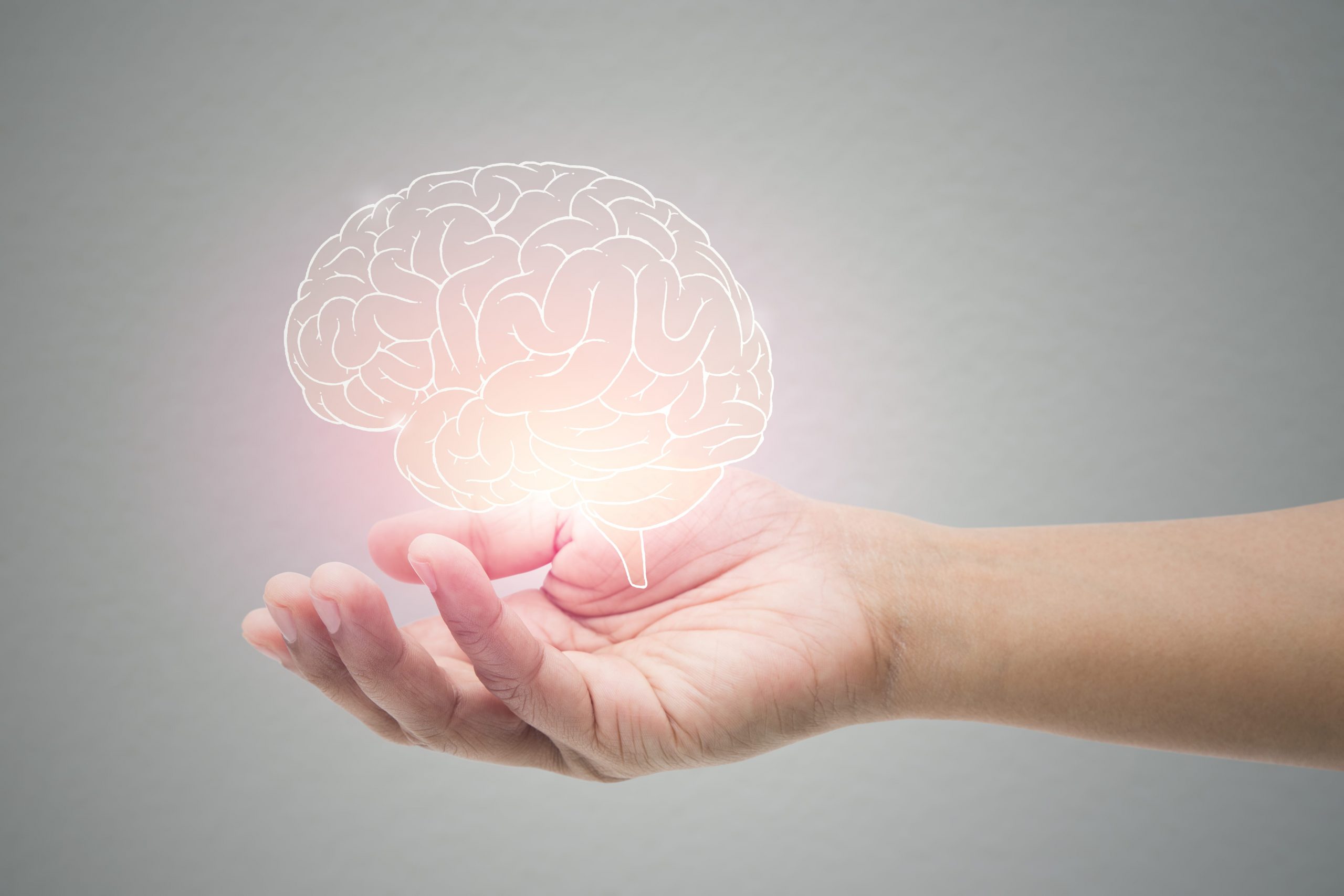Share This Article
Key Takeaways
The two types of automatism defences are, ‘sane automatism’ and ‘insane automatism’. Automatism is an involuntary act and can result in an acquittal. Furthermore, person is not criminally responsible for an act that was caused by non-self-induced intoxication. Self-induced intoxication is technically not a defence to a crime, but can result in an acquittal for specific intent offences. Specific intent offence includes murder.
In contrast, the separate defence of mental illness now called mental health or cognitive impairment defence will result in a special verdict of ‘act prove but not criminal responsible’ which does not necessarily result in the defendant walking free. He or she may then be detained indefinitely under strict conditions until released by ‘due process of law’ as a forensic patient under the supervision of the Mental Health Review Tribunal who will conduct reviews for the continued detention, care and treatment until a decision is made to release with or without conditions.
If a person is found to have acted involuntarily due to sane automatism, he/she will be found not guilty and completely acquitted from the charge(s).
This article is written by our very own criminal lawyers Sydney team as a guide. For tailored advice, contact our Sydney office.
Automatism Meaning
Automatism in criminal law is defined generally as an involuntary act by a person, namely, when a person commits an act without being conscious of the nature of it and without being able to choose to do it. This has been outlined in the case of R v Falconer (1990) 171 CLR 30. Criminal law recognises two main types of automatism defences, namely, ‘sane automatism’ and ‘insane automatism’.
Intoxication Automatism Defence | Self-induced Intoxication
Intoxication that is not self-induced can be used for the defence of sane automatism if the intoxication caused the offending act according to section 428G(2) Crimes Act. This will mean that the defendant will not be criminally responsible. In contrast, any self-induced intoxication (voluntary intoxication defence) cannot be taken into account in determining whether the alleged offending act was voluntary (sane automatism). This means that voluntary intoxication does not constitute a defence.
The Mental illness defence of insane automatism is not available as a defence if the mental malfunctioning is of a transitory nature caused by external factor(s) such as drugs or alcohol. This is because it is not considered to be a ‘disease’ as outlined in the case of R v Quick (1973) QB 910.
Other types of sane automatism include an act done under the influence of anaesthetic or forms of epilepsy, depending on their aetiology, and loss of control caused by factors such as the effects of chemical substances or intoxication.
Meaning of self-induced extreme intoxication/Non self-induced intoxication? Self-induced intoxication is when a person voluntary consumes alcohol and/or drugs. Involuntary consumption of alcohol or drugs amounts to non-self-induced intoxication.
What is the Automatism Defence?
In Australian criminal law, a person who involuntarily commits an act caused by a state of automatism is not held criminal responsible for the act that results in a crime.
Automatism is not technically a defence, but commonly referred to as one. This is because a failure by the prosecution to prove beyond reasonable doubt that the act was voluntary will result in a ‘not guilty’ verdict and therefore acquittal.
The law presumes that a person voluntarily commits an act. Where the voluntariness of the act is put into question through evidence, the prosecution then bears the onus of proving that the act was voluntary, and that must be proven by the prosecution beyond reasonable doubt. For more on this defence, it’s recommended to speak to a mental health defence lawyer.
Difference Between Sane and Insane Automatism
Insane automatism is where the accused person was suffering a mental or cognitive impairment at the time of the offending act from a defect of reason caused by a disease of the mind which caused him or her to not appreciate the nature and quality of the act or to not know that it was wrong (inability to reason about the matter with a moderate degree of sense and composure). The disease of the mind producing the defect of reason must be from an underlying mental infirmity that is prone to recur as distinct from the reaction of a healthy mind to some extraordinary external factor which is transient, that is, passing and not prone to recur that deprives your capacity to control your actions.
In contrast, “sane automatism” is when the involuntary act was not caused by a disease of the mind but was caused by an extraordinary external factor from a healthy mind, which is not prone to recur.
If the cause for the involuntary act is a defect of reason caused by a disease of the mind (insane automatism) then the verdict must be ‘act proven but not criminally responsible’. Therefore, it’s important to know what the cause for the automatism/involuntary act (R v Youssef (1990) 50 A Crim R 1).
Other important differences between sane and insane automatism include:
(1) Verdict of ‘not guilty’ vs verdict of ‘act proven but not criminally responsible’: Sane automatism results in a complete acquittal from the charge(s) and the defendant is let free with no consequences. In contrast, insane automatism does not result in complete acquittal. It results in a verdict of “act proven but not criminally responsible”. This means that the defendant will not be released until a decision is made to release. He or she also then becomes a ‘forensic patient’ who will be under the supervision of the Mental Health Review Tribunal. The Tribunal may detain him or her in custody for an indeterminate time and/or may release the defendant over time if satisfied as to certain conditions (outlined further in this article).
(2) Onus and standard of proof: a defendant arguing sane automatism (which is not really a defence) must point to evidence showing a reasonable possibility that the act was involuntary on the assumption that the defendant was of sound mind. The prosecution is then required to prove beyond reasonable doubt that the act was voluntary on the same assumption. If the prosecution fails in this, the defendant will be completely acquitted on the basis of a ‘not guilty’ verdict. In contrast, insane automatism is a defence which requires the defendant to prove on the balance of probabilities (more likely than not) that he or she was suffering a mental health or cognitive impairment in the way earlier outlined. The mental health or cognitive impairment of a disease of the mind for insane automatism is not allowed to be used for sane automatism. The court must disregard this evidence when considering sane automatism.
(3) Superficial defence: ‘sane automatism’ is technically not a ‘defence’ but commonly called a defence. It is something the prosecution must prove beyond reasonable doubt as an element of the crime. In contrast, ‘insane automatism’ is a defence which must be proven on the balance of probabilities.
What is Sane Automatism?
Sane automatism is where the involuntary act was caused by something other than a disease of the mind. It’s a transient, non-recurring mental malfunction caused by external factor(s) (physical or psychological) which the ordinary person’s mind would not be likely to withstand, which deprives your capacity to control your actions.
Sane automatism Examples
Examples of sane automatism include, sleepwalking; post-traumatic loss of control from head injury; committing an act under the influence of anaesthetic; some forms of epilepsy depending on their aetiology; and an act committed in a state of temporary or transient dissociation following severe emotional shock or psychological trauma, which was not prone to recur and which the mind of an ordinary person of the accused’s age and circumstances and of normal temperament and control would be likely not to have withstood.
What is Insane Automatism?
Insane automatism is where the involuntary act was caused by a disease of the mind (being a mental health impairment or cognitive impairment) that is prone to recur causing a defect of reason such that the defendant did not know the nature and quality of the act or didn’t know that it was wrong.
The defect of reason must be from an underlying mental infirmity that’s prone to recur.
Insane Automatism Examples
Examples insane automatism include, psychotic disorder, anxiety disorder, bipolar disorder, clinical depression, substance induced mental disorder that is not temporary; intellectual disability, borderline intellectual functioning, dementia and autism spectrum disorder.
Defence of Inane Automatism
According to section 28 Mental Health and Cognitive Impairment Forensic Provisions Act 2020(NSW) (MHCIFPA), a person is not criminally responsible for an offence if, at the time of carrying out the offending act, the person had a mental health impairment or a cognitive impairment (or both) that caused him or her to:
(1) not know the nature and quality of the act, or
(2) not know that the act was wrong in the sense that he or she could not reason with a moderate degree of sense and composure about whether the act, according to ordinary standards adopted by reasonable people, was wrong. (Stapleton v The Queen (1952) 86 CLR 358 at 375).
The above must be caused from a defect of reason resulting from a disease of the mind.
If the defence of mental health impairment or cognitive impairment is successful, it will result in a special verdict of “act proven but not criminally responsible”. This means that the accused person will be acquitted from the charge(s). But this does not mean that he or she is let back into the community in the same way as being outright acquitted on a normal ‘not guilty’ verdict.
Consequences of Acquittal for the Insane Automatism Defence
The consequences of receiving a special verdict of “act proven but not criminally responsible” (following success defence of insane automatism) is that the court must then make one or more of the following orders under section 33 Mental Health and Cognitive Impairment Forensic Provisions Act 2020 (NSW):
(1) the conditional or unconditional release from custody,
(2) to be detained in a place and manner that the court considers fit until released by due process of law,
(3) to be remanded in custody until a further order is made under this section (s33),
(4) other orders the court considers appropriate.
Before the court decides which order to make, the court may request for a forensic psychiatrist report to be prepared by a forensic psychiatrist who is not currently involved in treating the defendant to express expert opinions about the defendant’s condition and whether his or her release is likely to seriously endanger the safety of the defendant or any member of the public.
The court is not allowed to order that the defendant be released (either with or without conditions) unless satisfied, on the balance of probabilities, that no one will be seriously endangered by his or her release, including the defendant and members of the public.
If the court forms the view that there is such a serious endangerment by his or her release, then the court will detain him/her in custody (ie mental health facility) until “due process of law” (until a decision is made for his/her release).
The defendant then becomes a “forensic patient” and falls under the Mental Health Review Tribunal’s supervision (‘the Tribunal’) (under Part 5).
If a person is released by the court unconditionally following a special verdict of ‘act proven but not criminally responsible’, then he or she will not be a ‘forensic patient’.
The Mental Health Review Tribunal for Forensic Patients
After a special verdict by the court is delivered of ‘act proven but not criminally responsible’, and where the defendant then becomes a ‘forensic patient’, the Mental Health Review Tribunal (‘the Tribunal’) will carry out reviews of the forensic patient at certain times for his or her continued detention, treatment or care.
Reviews by the Tribunal
While the Tribunal can carry out a review at any time, there are mandatory review periods. The Tribunal must carry out review as soon as practicable after the court enters a special verdict of ‘act proven but not criminally responsible’. The Tribunal must then conduct an interval review every 6-months. If the forensic patient is detained in a correctional centre and subject to a community treatment order, the Tribunal must conduct a review no later than 3 months after the community treatment order is made, and then at least every 6 months during the term of the treatment order.
The Tribunal must also carry out a review as soon as practicable after being request to by the Minister for Health and Medical Research, Attorney General and Minister for the Prevention of Domestic Violence, the Minister for Counter Terrorism and Corrections or the Secretary.
A Review must also be conducted as soon as practicable after being request to by the medical superintendent of the mental health facility where the forensic patient is detained. These outlined in section 78.
Can You Extend the Review Period?
The forensic patient can apply to extend the review date by up to 12 months if the Tribunal is satisfied that there are reasonable grounds to extent it, or if an earlier review is not required because there’s been no change since the last review in the patient’s condition and there’s no apparent need for any change in the existing orders, or there’s been no change since the last review in the patient’s condition and an earlier review may be detrimental to the patient’s condition.
The first review of a forensic patient or a review of a forensic patient is subject to an extension order cannot extent the review date.
What Happens in a Tribunal Review for Forensic Patients?
On review of a forensic patient, the Tribunal can make any of the following orders:
(1) order to release with or without conditions,
(2) order to transfer the patient to a mental health facility, correctional centre, detention centre or other place.
If the Tribunal decides to release a forensic patient, it may impose conditions as outlined in section 85. Some of the conditions it may impose include medication, appointment of a case manager, psychiatrist, or other health care professional to assist in care and treatment, accommodation and living conditions, enrolment and participation in education, training, rehabilitation, recreational, therapeutic or other programs. Other conditions concerning drug and alcohol use, drug and testing, association or non-association with victims or victims’ family members, and monitoring requirements such as electronic monitoring may also be imposed.
The Tribunal may also make and require a forensic patient to comply with a community treatment order in accordance with sections 99 and 100.
The Tribunal can make an order releasing the defendant if satisfied that no one will be seriously endangered, including the defendant and members of the public, according to section 84(2).
What Happens if the Conditions are Breached? After release, if the person breaches a condition or if the Tribunal forms a view that the mental condition has deteriorated so that he/she may be a serious danger to others, a further order can be made by the Tribunal for his or her apprehension, detention and care.
Factors the Tribunal Considers During Review
During a review while the Tribunal is determining what orders if any it should make, it must consider the forensic patient’s mental health impairment or cognitive impairment, whether there are reasonable grounds for believing that care, treatment or control is necessary for protection from serious harm to the patient or community, and the patient’s conducting condition and any likely deterioration of the condition and likely effects of that deterioration. These are outlined in section 75.
Other important matters the Tribunal must consider when deciding whether to release the forensic patient include:
(1) a forensic psychiatrist report from a psychiatrist who is not involved in the patient’s treatment, addressing the patient’s condition and whether the release of the patient will cause a serious danger to the safety of the patient or members of the public,
(2) if care of a less restrictive kind, consistent with safe and effective care, is appropriate and reasonably available to the patient or that the patient doesn’t require care.
The Tribunal is not allowed to order a patient’s release unless it’s satisfied that his or her release will not seriously endanger the safety of the patient or any member of the public.
When Does a Patient Cease Being a ‘Forensic Patient’?
A forensic patient will cease to be a ‘forensic patient’ if any of the circumstances outlined in section 101 applies, including the following:
(1) Court or Tribunal orders his or her unconditional release,
(2) the person is conditionally released and the order expires,
(3) the person has been found unfit to be tried for an offence and is found not guilty of an offence at a special hearing,
(4) the person was found unfit to be tried for an offence and is later found fit to be tried for the offence,
(5) the charge(s) are dismissed or the DPP notified the court that the person will not be further proceeded with for the charge(s),
(6) the person is classified by the Tribunal as an involuntary patient.









